We explain what a jungle is, what its biodiversity and temperature are like. Also, what are its characteristics, classification and more.
What is the jungle?
Jungle or tropical rain forest are terms that basically refer to the same thing: a bioclimatic landscape with abundant rainfall , warm weather and exuberant vegetation , organized at various height levels. In them resides the main biomass of the planet , counting plants and animals, with the highest range in the variety of species.
However, there is no clear and stable definition that reconciles these terms, used more or less arbitrarily to name the large humid agglomerations of tall plants and trees , often with additions such as tropical forest or equatorial forest, to allude to their latitudinal location.
The jungles are currently under siege from the wood and paper industries , as well as from the constant expansion of the global urban sprawl.
Geographic location of the jungle
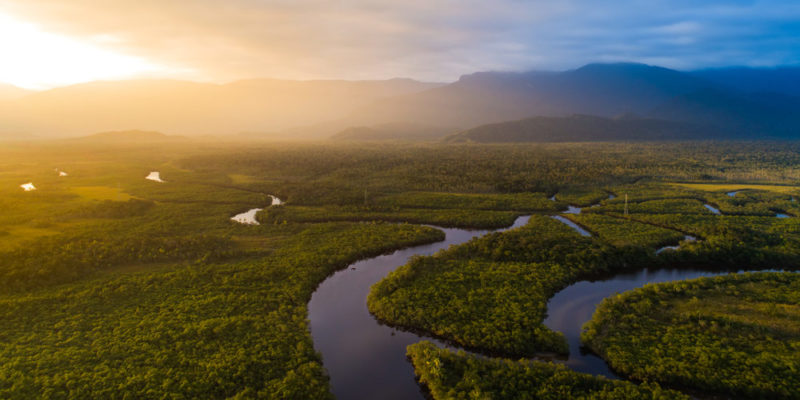
Although they are located in various latitudes of the planet, the jungles cover 6% of its total surface and abound mainly in the intertropical zone .
The main and most lush forests in the world are the Amazon (or Amazon Forest) in the heart of South America , or the Congo Forest in Africa . It is estimated that they have about 5,500,000 and 700,000 square kilometers respectively.
Rain forest
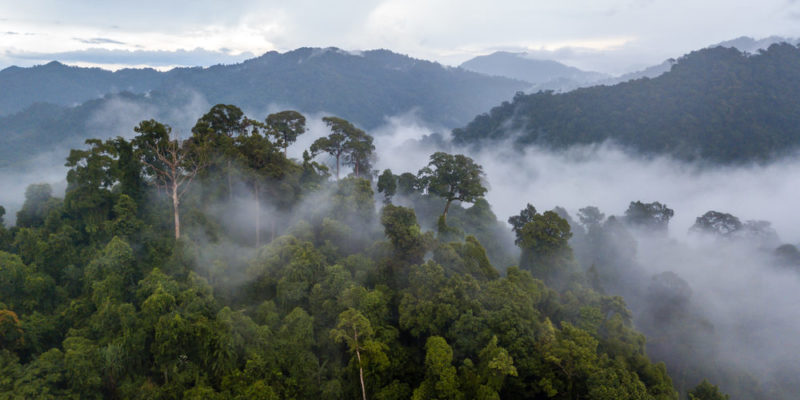
Rain is an abundant factor in most jungle areas , necessary to sustain the enormous mass of vegetation that it contains . Jungle moisture is essential for the decomposition processes of organic matter in the soil , which in turn reintroduces nutrients to the soil and serves as sustenance for animal and fungal species that subsist from its use.
On average, the range of rainfall in jungle areas ranges between 1,500 and 2,000 mm , reaching figures of 3,000 mm or more in equatorial areas. This means an abundant nearby hydrography, such as rivers or lakes, especially since there are usually continuous rains throughout the year.
Even the zones that tend to the lower limit have a high stationary frequency, which guarantees the forest its uniform irrigation throughout the year.
Jungle biodiversity
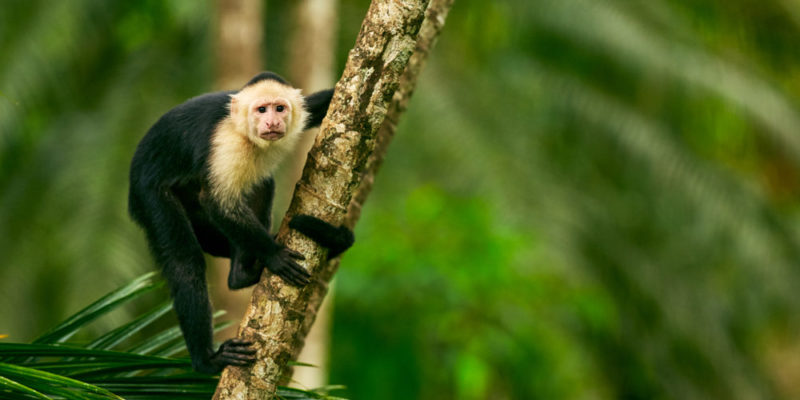
Two-thirds of the planet's total biodiversity is contained in the different jungles , so it is estimated that there are millions of plant and animal species still to be discovered in them.
They are also the largest centers of oxygen generation in the world (around 40%) and constitute important ecological refuges at a global level, even housing human communities that still sustain themselves based on a pre-modern, tribal way of life, such as the Yanomami Indians in the Amazon.
Jungle temperatures
The average temperature in the jungle areas is high, at least in the tropical strip, ranging between 27 and 29 centigrade ; from 400 meters high or from subtropical latitudes the average drops to 22.
In the case of mountain forests or high altitude forests , it can decrease even more, down to about 17 or 18 centigrade . The range of humidity must also be considered, as a determining factor of the variation in the temperature of the forest.
Threats
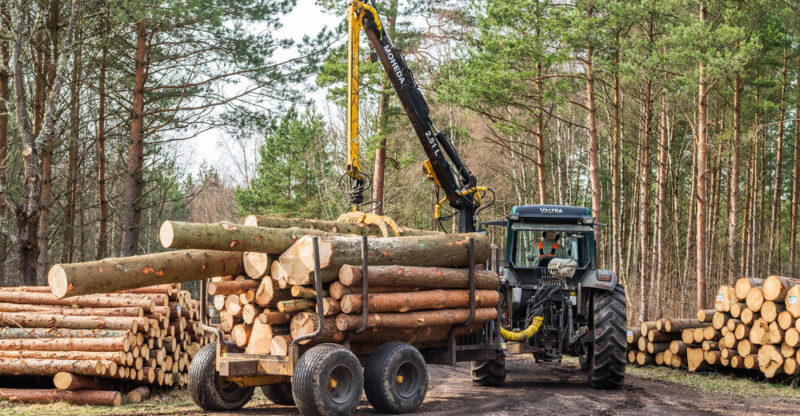
Many of the world's jungle tracts are under siege from the logging and paper industries , as well as from ever-expanding urbanization.
Activities such as illegal mining (the Brazilian garimpeiros , for example, in the Amazon) generate a much more drastic and accelerated environmental impact, since they use highly polluting substances such as mercury and extraction methods that deteriorate the soil semi-permanently.
It is estimated that in the 1990s there was an increase in the rate of deforestation that reduced the forest patch from 14% of the land to only 6% today, an average annual reduction of 58,000 square kilometers. It has been warned that if this rate of forest destruction continues , by the year 2050 they will practically have disappeared from the planet.
Types of jungle according to latitude
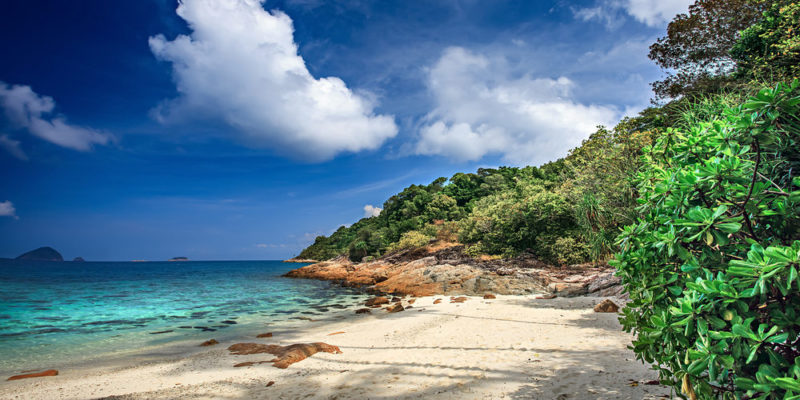
Rainforests can be classified in many ways. The first is according to its latitudinal location and its temperature averages, namely:
- Equatorial jungle. The one with the most exuberant biological characteristics is found in warm climates (35 °C daily average) in the strip near the equator . In general, this term refers to three jungle regions in particular: the Amazon, the Congo jungle and Malaysia (between Asia and Oceania ).
- Rain forest. Located in predominantly warm tropical climates (annual average temperatures above 24 °C), it comprises the Intertropical Convergence Zone, where the north and south trade winds converge, guaranteeing a warm and humid climate.
- Subtropical jungle. Smaller than the previous one, it is characterized by a hot summer and a relatively cold winter, keeping an average annual temperature between 18 and 24 °C. Mountain forests also belong to this classification, even though they are located at lower latitudes.
- Temperate jungle. Less frequent and even less dense, they are also known as laurel forests and are found in temperate zones with cold climates but abundant humidity, which allows tree densification.
- Subpolar forest. Also known as subpolar rain forest, it is found on the shores of fjords and glacial lakes. With high biodiversity and evergreen, that is, it never loses its foliage. An example of this is the Magellanic subpolar forest, in southern South America.
Types of jungle according to humidity
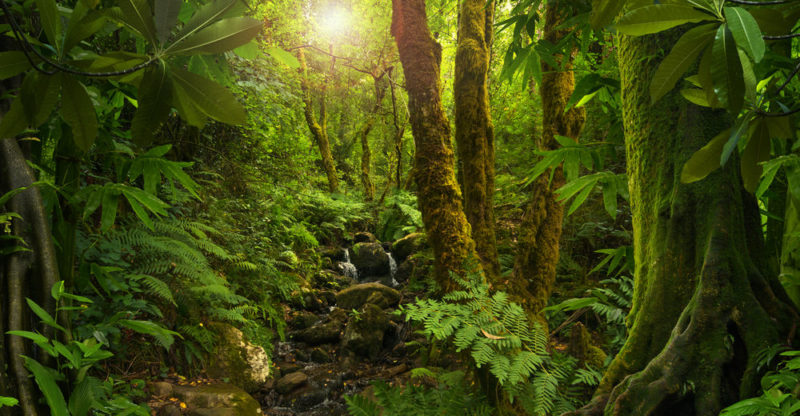
Another possible classification of jungle territories is based on their humidity margins, necessary for the proliferation of plants and the biomass associated with these regions. There are, according to this, three types of jungle:
- Rainforest or perhumid. Due to their rainy climates throughout the year, they are usually always green (evergreen), although it is possible that in certain cases a brief period of drought costs no more than 25% of the foliage, with a rapid replenishment of greenery. The range of precipitation required for this type of forest is around 4,000 mm for tropical forests or 2,000 mm for subtropical or mountain forests.
- Seasonal, monsoon or humid forest. It presents a partial loss of foliage during its dry season that can range between 25% and 50%, although it retains relative humidity throughout the year. Rainfall margins range between 2,000 and 3,000mm for the tropical forest, and between 1,000 and 2,000mm for the subtropical or mountain forest.
- Dry or sub-humid forest. In these areas, dry and rainy periods alternate, the latter being brief, typical of the dry tropical climate. In fact, the name dry forest is preferred for this type of forest, and the trees usually lose all their leaves during prolonged drought. It has less biodiversity but a higher density of the same tree species, which is why they are ideal for industrial purposes.
Types of jungle according to altitude
Finally, forests can be classified according to the elevation of the land on which they are found. Namely:
- Basal or plain forest. It is found on the plain, generally below 1000 meters above sea level . They are known as lowland forests and are prone to flooding, becoming restingas or swampy areas, as in the alluvial forest.
- Montane or mountain forest. Also known as cloud forest or cloud forest, or yungas (east of the Andean Cordillera). In tropical areas, it is estimated that the height of these less densely populated forests is between 1,000 and 2,200 meters above sea level, with great biodiversity and moisture condensation. In subtropical regions the indicated height would be from 500 to 1300 meters.
- Gallery Jungle. It is the one that surrounds the rivers or lagoons in the plains of the Savannah . They are usually extensive and humid, typical of the intertropical zone.
Jungle Nomenclature
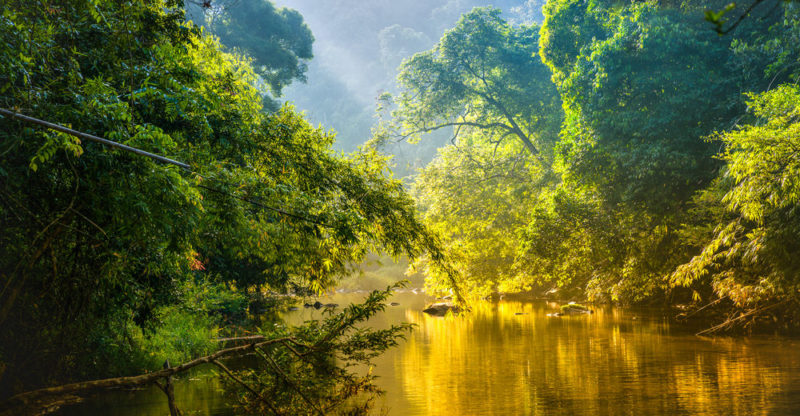
As has been seen, there is no terminological clarity regarding the distinctions between jungle, forest and jungle . However, they are traditionally given different considerations in terms of plant density and other cultural implications.
Although the terms come from different etymologies (jungle from the Latin silva , "land with trees"; forest from the Germanic busch , "bush" or "group of bushes"; and jungle from the Sanskrit jangala , "uncultivated land"), they coincide in its image of a virgin territory, densely populated by tall trees.
Even so, the term jungle is traditionally used to refer to the most impenetrable and hostile jungles. While forest favors the allusion to semi-dense tree groups, of a diverse nature, which may be sparse forests and even xerophytic forests in desert climates and conifers in cold climates.
Medicinal exploitation of the jungle
Around a quarter of medicines for common human consumption are made from jungle plants , which makes their continuous biological and pharmacological exploration a highly relevant mission.
It is hoped that within the dense unexplored ecosystems inside the jungles new species of plants will be found, with effective medicinal properties in the treatment of current diseases of man.
The above content published at Collaborative Research Group is for informational and educational purposes only and has been developed by referring reliable sources and recommendations from experts. We do not have any contact with official entities nor do we intend to replace the information that they emit.
Veronica is a culture reporter at Collaborative Research Group, where she writes about food, fitness, weird stuff on the internet, and, well, just about anything else. She has also covered technology news and has a penchant for smartphone stories. .
Leave a reply
Your email address will not be published. Required fields are marked *Recent post

Sport: What Is It, Types, Risks, Features, Characteristics and Examples

Dogs: Emergence, Features, Characteristics, Feeding and Breeds

Story: Definition, Elements, Structure, Features and Characteristics

